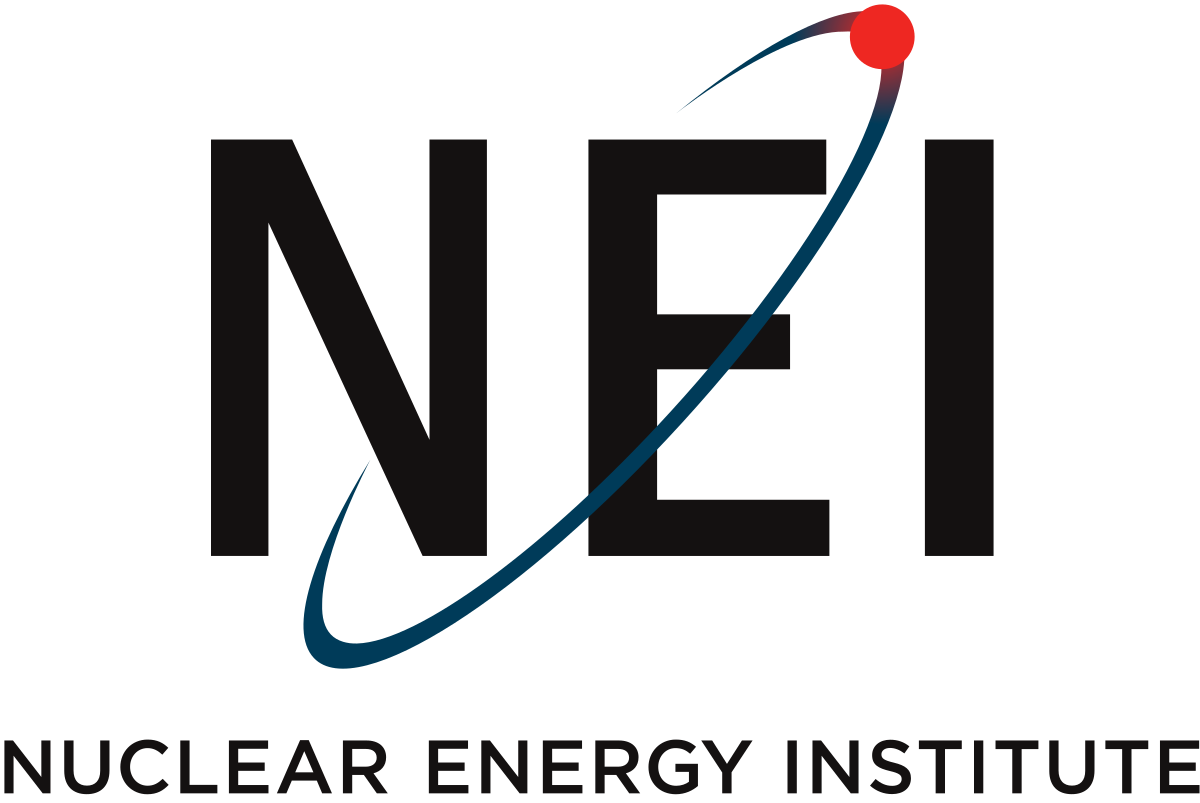 Nuclear Energy Institute Logo
Nuclear Energy Institute Logo
NEI and UxC Release 2050 Nuclear Power Outlooks Report
In July, the Nuclear Energy Institute (NEI) and UxC released a report analyzing the global and regional nuclear power outlooks through 2050 based on scenarios presented in the United Nations’ Intergovernmental Panel on Climate Change (IPCC) October 2018 report, Global Warming of 1.5°C. In addition to the general analysis on nuclear outlooks, the report highlights the potential market opportunities for U.S. suppliers.
Some of the report’s key findings include:
- If the United States supplies nuclear energy equipment and technology to support a share of the IPCC’s projected requirement for new nuclear power, U.S. export revenues could range between $1.3 and $1.9 trillion. The projection reflects UxC’s assessment of U.S. market share in the competitive global market.
- U.S. nuclear suppliers have opportunities in building new reactors of conventional as well as small and advanced designs, maintaining and fueling the global fleet of reactors and in decommissioning aging reactors.
- UxC estimates total global nuclear energy expenditures through 2050 at $8.6 trillion. While very large, the estimate is not unreasonable considering the International Energy Agency projects the total cost of a future global clean energy system at $67.7 trillion.
The majority of the existing global nuclear fleet was commissioned between 1970 and 2000. The older reactors are reaching the end of their operational life, and they must be maintained in order to attain the nuclear output required to stay at or below the 1.5° Celsius target set by the IPCC. To do so, the report calls for extending the lifetimes of reactors to 60-80 years in order to reduce the burden on new builds and meet the projected 2050 targets. That said, new reactors will certainly need to be built. The necessary annual growth rate is estimated at 2.5%. There is historical evidence that rapid growth of this scale is achievable, especially in today’s market given innovations in technology, manufacturing, and project management.
Today North America and Western Europe comprise about 55% of the global nuclear market share. By 2050, North American and Western Europe market shares are expected to decline, while emerging markets in Asia, the Middle East, South American, Eastern Europe, and Africa will expand. Many of the new builds will be the traditional large reactors, but there is room for an emerging small modular and advanced reactor market. Smaller, advanced reactors provide a host of benefits including lower up-front costs, remote building options, safety enhancements, and military applications among others. Both through this emerging market and the traditional one, there are significant new profit opportunities for U.S. nuclear companies worldwide.
U.S. nuclear suppliers compete in a global market dominated by Russia and increasingly China, which are strongly motivated by strategic interests. To achieve the market potential described in the report, the U.S. government must act to level the playing field by enhancing export financing options through the U.S. Export-Import Bank and the U.S. Development Finance Corporation.
Nuclear energy innovation is going to be instrumental to addressing climate change over the next few decades, and reports analyzing the potential growth in this industry brings us closer to understanding our options and putting solutions into effect. ASP has written extensively on nuclear energy potential and concerns for a long time. Some of ASP’s work touches on the importance of nuclear energy for U.S. naval capabilities, US national security interests, international competitive markets, and potential for newer advanced reactors. In an ASP podcast, ASP COO Andrew Holland spoke with a power markets specialist and nuclear engineer on the future of nuclear as a renewable energy source and the difficulties it experiences on the global market. More recently, ASP LtGen Norman Seip, USAF (ret.) was quoted in a Stars and Stripes article, speaking to the potential of micro-reactor innovation in air force technologies and other military tools.





